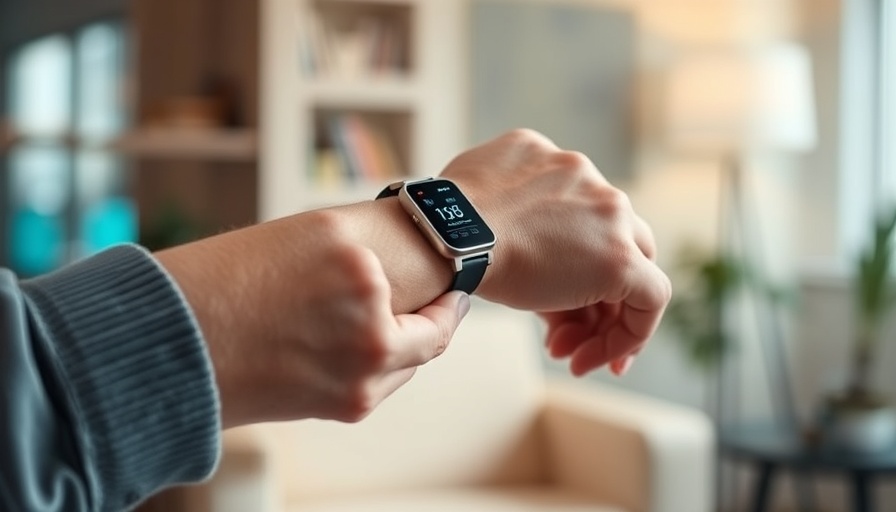
Revolutionizing Blood Pressure Monitoring: The Future is Cuffless
In a significant leap towards innovative healthcare, researchers have unveiled a groundbreaking technology that may soon eliminate the need for traditional blood pressure cuffs. Utilizing speckle contrast optical spectroscopy (SCOS), this method can accurately monitor blood pressure through noninvasive means at the wrist or finger, providing an easy and comfortable experience for patients. Nearly half of US adults are impacted by hypertension, often leading to severe cardiovascular complications. Thus, this advancement couldn't come at a more crucial time.
Understanding SCOS: A Breakthrough in Monitoring
The SCOS technology works by examining the patterns formed when coherent light scatters off cells and tissue. Traditional blood pressure readings rely heavily on cuff-based methods, which can be uncomfortable and impractical for continuous monitoring. In contrast, researchers discovered that not only does SCOS capture moment-to-moment blood flow and volume data, but it is also significantly more accurate—up to 31%—in estimating blood pressure compared to existing methods based on photoplethysmography alone.
Why Continuous Monitoring Matters
As explained by Ariane Garrett, a doctoral student involved in the research, continuous tracking of blood pressure, especially during nighttime, paints a clearer picture of a person’s cardiovascular health. This information is crucial for identifying conditions such as masked hypertension, where medical readings may not accurately reflect true blood pressure levels. The convenience of a wearable SCOS device could empower patients to actively manage their health.
The Technology Behind the Innovation
The development of the SCOS technology was a collaborative effort involving research teams from Boston University and Meta Platforms' Reality Labs. Initially focused on measuring changes in blood flow and volume, the study's early discoveries showed promise in predicting blood pressure more effectively than previously imagined. This recent research marks a significant step in translating these theoretical findings into practical applications.
Future Implications and Additional Benefits
Beyond ease of use, the lives that could be transformed by this technology are numerous. A cuffless method may lead to increased patient comfort, promoting better compliance with routine monitoring, especially among those who dread the anxiety of traditional blood pressure tests. Furthermore, as healthcare moves toward more personalized medicine, accurate, real-time data could enable healthcare providers to create tailored treatment plans swiftly and effectively.
Next Steps in Research and Development
While the current findings are promising, researchers are aware that thorough testing and validation will be critical before SCOS becomes available on the market. Future studies will likely focus on expanding sample sizes and testing the device under varying conditions to verify its reliability comprehensively. The ultimate goal is to design a portable wearable device that individuals can use daily.
As technology progresses, the potential for cuffless blood pressure monitoring might change how we view and manage hypertension in the future, making it easier for everyone to take control of their health.
 Add Row
Add Row  Add
Add 




 Add Row
Add Row  Add
Add 
Write A Comment